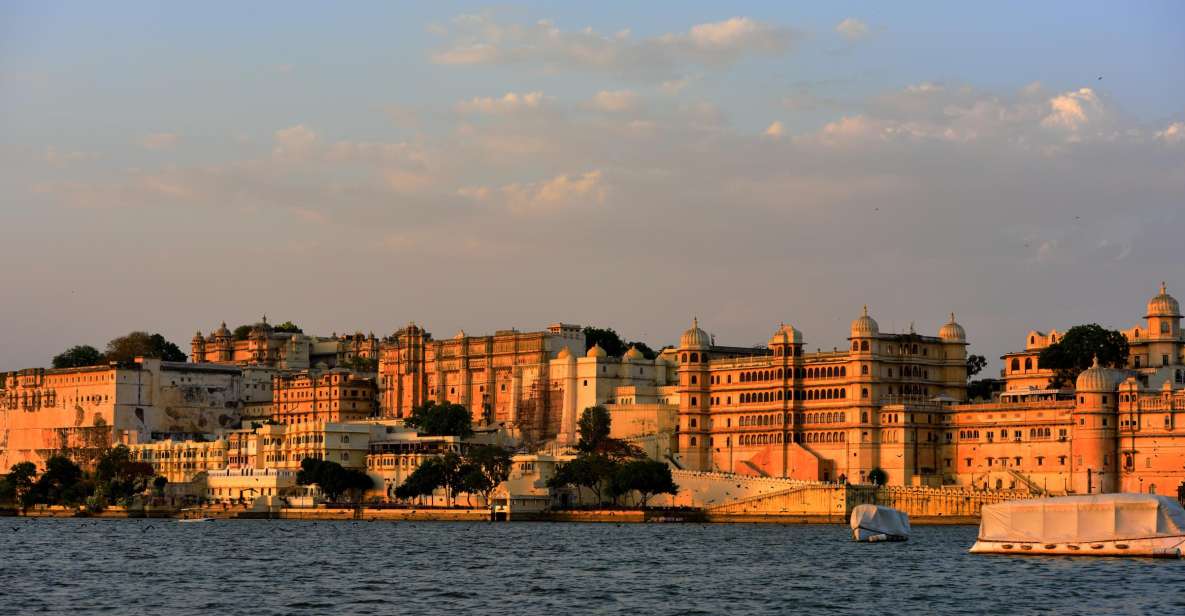History of Ranthambore Fort: A Legacy of Rajasthan

Ranthambore Fort, located in Sawai Madhopur, Rajasthan, is one of the most famous and historically significant forts in India. It stands tall amidst the Ranthambore National Park and reflects the rich cultural and architectural heritage of Rajasthan. This fort has witnessed numerous battles, changes of power, and historical events, making it a symbol of strength and resilience.
Origins of Ranthambore Fort
The origins of Ranthambore Fort can be traced back to the 10th century when the Chauhan dynasty ruled the region. It was originally built by the Nagil Jats and later fortified by King Sapaldaksha of the Chauhan dynasty. The strategic location of the fort on a hilltop provided an excellent defense against invading forces. Over time, the fort became a powerful seat of the Chauhan rulers who governed vast territories from here.
Role During the Reign of Prithviraj Chauhan
During the 12th century, Prithviraj Chauhan, one of the most renowned rulers of the Chauhan dynasty, took control of Ranthambore Fort. His rule marked a period of prosperity and military strength. The fort served as a stronghold for defending against attacks from the Delhi Sultanate. However, after the fall of Prithviraj Chauhan, the fort witnessed multiple invasions by powerful rulers.
The Capture by Alauddin Khilji
In the 13th century, Alauddin Khilji, the Sultan of Delhi, captured Ranthambore Fort after a prolonged siege. His conquest marked the beginning of Muslim rule over the region. Khilji’s victory was significant as Ranthambore was one of the last strongholds of Rajput power in northern India. Despite fierce resistance by the Rajput warriors, the fort eventually fell into the hands of the Delhi Sultanate.
Mughal Influence on the Fort
Ranthambore Fort later came under the control of the Mughals, who used it as a strategic base to control the surrounding region. Akbar the Great annexed Ranthambore Fort in the 16th century, making it an essential part of the Mughal Empire. During the Mughal period, the fort’s architecture was enhanced, and its defenses were strengthened. The Mughals maintained control over Ranthambore until the decline of their empire.
The Return to Rajput Rule
Following the decline of Mughal power, Ranthambore Fort was reclaimed by the Rajputs. The rulers of Jaipur, the Kachwaha Rajputs, took control of the fort and maintained its importance as a military stronghold. The fort became a symbol of Rajput valor and pride as they restored its former glory. It remained under the control of the Jaipur rulers until India’s independence.
Architectural Marvels of Ranthambore Fort
Ranthambore Fort is renowned for its architectural brilliance. The fort’s massive stone walls, intricate gateways, and beautiful temples highlight the craftsmanship of ancient Indian architecture. The fort is spread over 7 kilometers and features numerous palaces, cenotaphs, and step wells. The Hammir Court and the Badal Mahal are notable structures within the fort that showcase the grandeur of the Rajput era.
The Importance of Temples Within the Fort
One of the most significant aspects of Ranthambore Fort is the presence of ancient temples. The Ganesh Temple is a prominent site within the fort and attracts thousands of devotees every year. Other notable temples include the Shiva and Ramlalaji temples, which further enhance the spiritual significance of the fort. These temples are a testament to the rich religious heritage that flourished within the walls of Ranthambore Fort.
Ranthambore Fort and Wildlife Conservation
Ranthambore Fort is not just a historical marvel but also plays a crucial role in wildlife conservation. Situated within Ranthambore National Park, the fort provides a vantage point for viewing the diverse wildlife that inhabits the region. Tourists visiting the fort often combine their visit with a Ranthambore Safari Booking to experience the beauty of nature and witness majestic creatures like tigers, leopards, and deer in their natural habitat.
Legends and Folklore Associated with the Fort
Ranthambore Fort is steeped in legends and folklore that add to its mystical charm. Stories of brave Rajput warriors, their sacrifices, and the resilience of the local population have been passed down through generations. The legend of Hammir Dev Chauhan, who defended the fort against Alauddin Khilji’s forces, is a tale of courage and undying spirit that echoes through the fort’s ruins.
Modern Significance and Tourism
Today, Ranthambore Fort is a UNESCO World Heritage Site and a popular tourist destination. The fort attracts history enthusiasts, nature lovers, and photographers who wish to explore its rich past and witness breathtaking views from its ramparts. Tourists often opt for Ranthambore Safari Booking to explore the wildlife and enhance their experience of the region.
Preserving the Legacy of Ranthambore Fort
Efforts are being made to preserve the legacy of Ranthambore Fort. Conservation initiatives aim to protect the fort’s structure and ensure its historical significance is maintained for future generations. Various organizations, along with the Rajasthan government, are working tirelessly to safeguard this magnificent monument.
Conclusion
Ranthambore Fort stands as a testament to Rajasthan’s glorious history and architectural excellence. From its origins under the Chauhan dynasty to its capture by the Mughals and its return to Rajput rule, the fort has witnessed centuries of change. Visitors exploring the fort not only get a glimpse of the past but also experience the natural beauty that surrounds it. For an unforgettable journey, combining a visit to the fort with a safari experience offered by Ranthambore Jungle Safari adds an enriching touch to the adventure.







